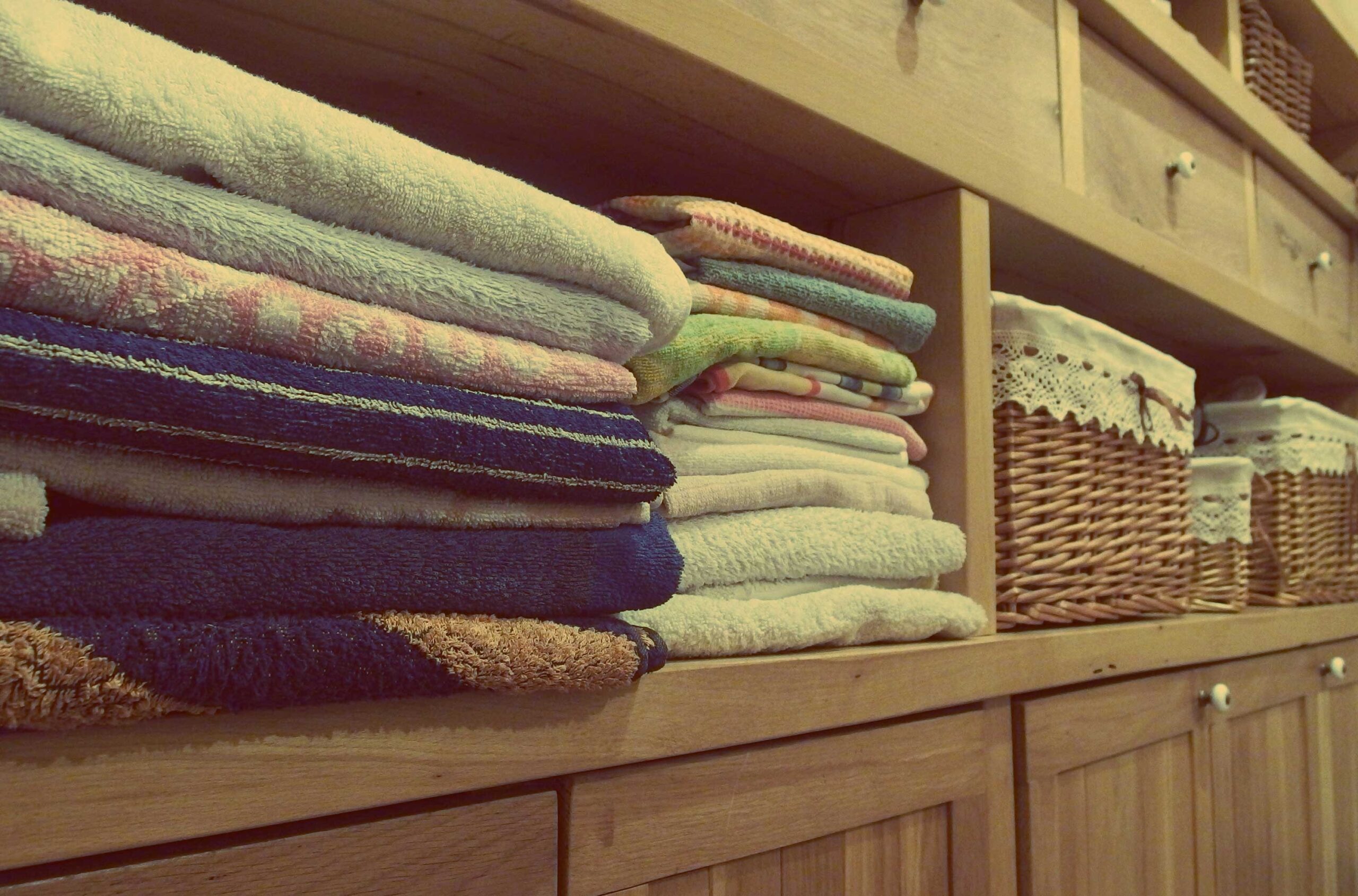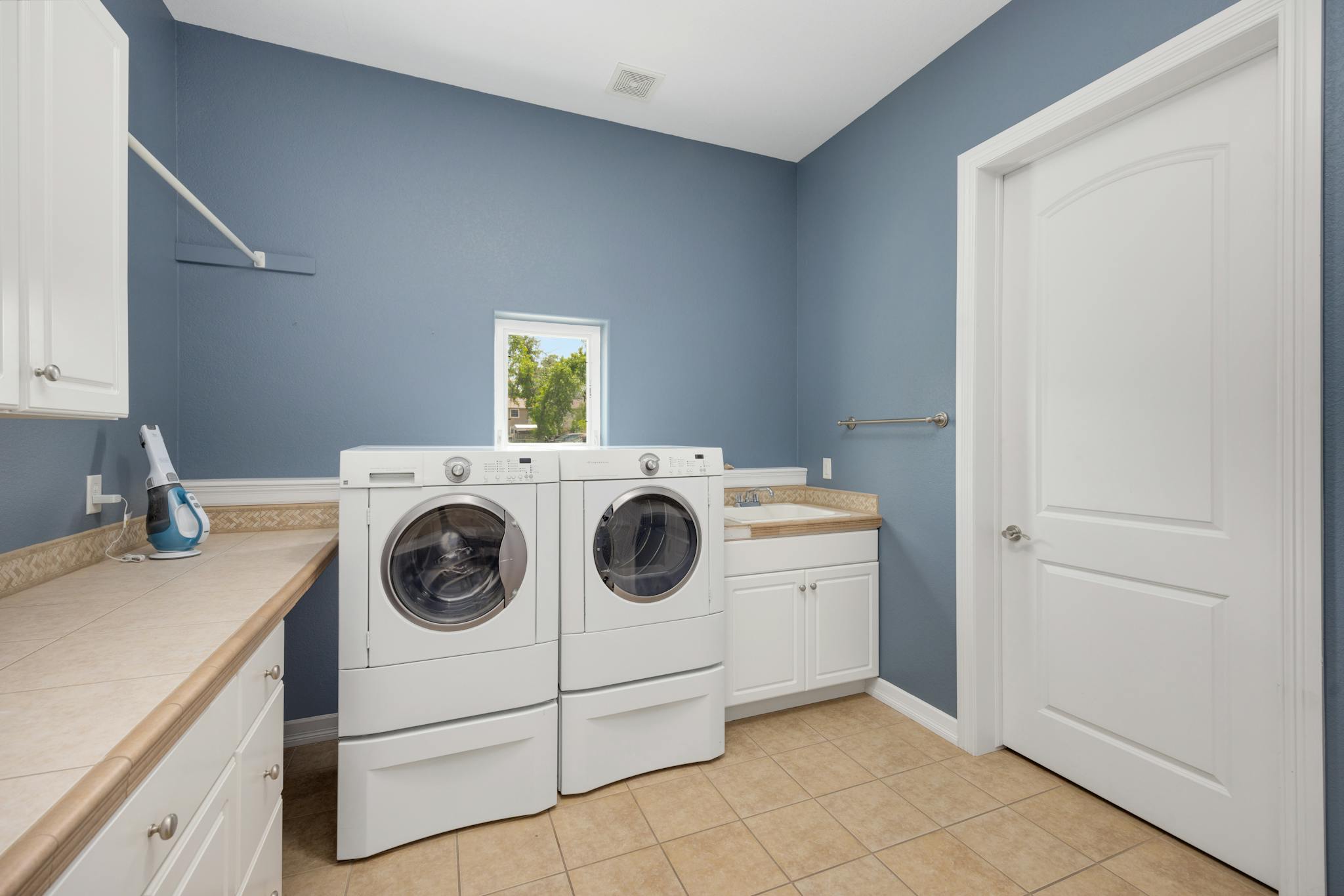Seasonal Clothing Storage Solutions For An Orderly Closet
There are some affiliate links below, but they are all products I highly recommend. For more info, view my disclosure here.
Are you tired of rummaging through a cluttered closet every time the seasons change? Say goodbye to the chaos and hello to an organized wardrobe!
In this article, we’ll show you practical and efficient solutions for storing your seasonal clothing. Assess your wardrobe, invest in proper storage containers, and utilize vertical space with shelving and hanging organizers.
With a little planning and organization, you’ll have a tidy and easy-to-navigate closet in no time. So, let’s get started!
Assess Your Wardrobe and Sort by Season
Before you begin organizing your closet, it’s important to assess your wardrobe and sort it by season. This will help you create a more efficient and functional storage system for your clothes.
Start by taking out all the items in your closet and laying them out on your bed or a clean surface. Look at each piece of clothing and ask yourself if it is suitable for the current season.
If it’s winter, for example, you’ll want to set aside your heavy sweaters, coats, and boots. Once you have identified the seasonal items, separate them into different piles or boxes labeled with the corresponding seasons.
This will make it easier for you to locate specific clothing when you need it. Additionally, it will help you make better decisions about what to keep and what to donate or sell. Remember to also consider any clothes that can be worn across multiple seasons.
Invest in Proper Storage Containers and Hangers
To keep everything organized and easily accessible, you should definitely consider investing in the right containers and hangers.
When it comes to storing seasonal clothing, having the proper storage solutions can make a world of difference. Start by selecting containers that are durable and can protect your clothes from dust, moisture, and pests. Clear plastic bins with secure lids are a great option as they allow you to easily see what’s inside without having to open every box. Additionally, invest in vacuum-sealed bags to maximize storage space and keep your clothing fresh and compact.
When it comes to hangers, opt for sturdy ones that can support the weight of your clothes without bending or breaking. Wooden or velvet hangers are ideal for preserving the shape of your garments and preventing them from slipping off. Consider using slimline hangers to save space and create a more streamlined look in your closet. To further optimize your storage, utilize cascading hangers for items like skirts and pants, as they allow you to hang multiple items vertically in the same space.
By investing in the right containers and hangers, you can create an orderly and efficient storage system for your seasonal clothing. Not only will this save you time and effort when transitioning between seasons, but it will also help prolong the lifespan of your garments and keep them in pristine condition.
Utilize Vertical Space with Shelving and Hanging Organizers
Make the most of your vertical space by using shelving and hanging organizers. Maximize every inch of your closet by installing shelves that go all the way up to the ceiling. This will allow you to store items that are not frequently used, such as seasonal clothing or accessories, in an organized and accessible manner.
Hang organizers, such as shoe racks or hanging shelves, on the back of your closet door or on a free wall space. These hanging organizers are perfect for storing smaller items like scarves, belts, or hats. Additionally, consider using hanging organizers with multiple compartments to store smaller clothing items like socks or underwear.
Don’t forget to utilize the space underneath your clothing by adding a second hanging rod. This will instantly double your hanging space and make it easier to keep your clothes neat and wrinkle-free.
Another great way to maximize vertical space is by using stackable storage bins or baskets. These bins can be placed on top of shelves or on the floor to store items that are not in season.
Label and Categorize Your Clothing for Easy Retrieval
Organize your clothes by labeling and categorizing them for quick and easy retrieval. Having a system in place is key to maintaining an orderly closet. Start by sorting your clothes into different categories, such as tops, bottoms, dresses, and outerwear. This will make it easier for you to find what you’re looking for, especially when you’re in a rush.
Once you have categorized your clothes, the next step is to label them. You can use simple labels or tags to indicate the type of clothing and even the season. For example, you can label your sweaters as ‘winter’ and your shorts as ‘summer.’ This way, you can easily rotate your clothes based on the season without having to search through everything.
In addition to labeling your clothes, consider using clear storage bins or containers to keep them organized. This will not only protect your clothes from dust and damage but also allow you to see what’s inside without having to open every container. You can further enhance the organization by labeling the storage bins as well.
Create a Rotation Schedule for Seasonal Switches
Don’t forget to create a rotation schedule for switching out your clothes based on the seasons. It’s easy to become overwhelmed by a closet full of clothes that are no longer suitable for the current weather.
By creating a rotation schedule, you can keep your closet organized and ensure that you always have the right clothes at hand. Start by evaluating the clothes you have and categorizing them by season. This will help you determine which items need to be stored and which ones can stay in your closet year-round.
Once you have sorted your clothes, create a schedule that outlines when to switch out your wardrobe. For example, as winter approaches, you can pack away your summer dresses and shorts and bring out your cozy sweaters and jackets.
Not only will this keep your closet clutter-free, but it will also make getting dressed in the morning much easier. So, take the time to create a rotation schedule and enjoy a well-organized closet all year round.
Consider Donating or Selling Unwanted Items
Consider decluttering your wardrobe by donating or selling unwanted items. Take a good look at your closet and assess which pieces of clothing you no longer wear or need. It’s time to let go of those items that are taking up valuable space and making it difficult to find the clothes you actually love.
By donating or selling these unwanted items, you not only create more room in your closet, but you also give someone else the chance to enjoy those clothes.
Start by sorting through your clothing and separating them into two categories: donate and sell. The donate pile should consist of items that are still in good condition but no longer fit your style or lifestyle. These clothes can be donated to local charities or shelters, where they will be given to those in need.
The sell pile should include items that are in great condition and still have value. You can sell these pieces online through platforms like Poshmark or organize a garage sale to make some extra cash.
Remember, decluttering your wardrobe is not only about creating a more organized space, but also about being mindful of the clothing you own. By donating or selling unwanted items, you are reducing waste and giving your clothes a second life.






